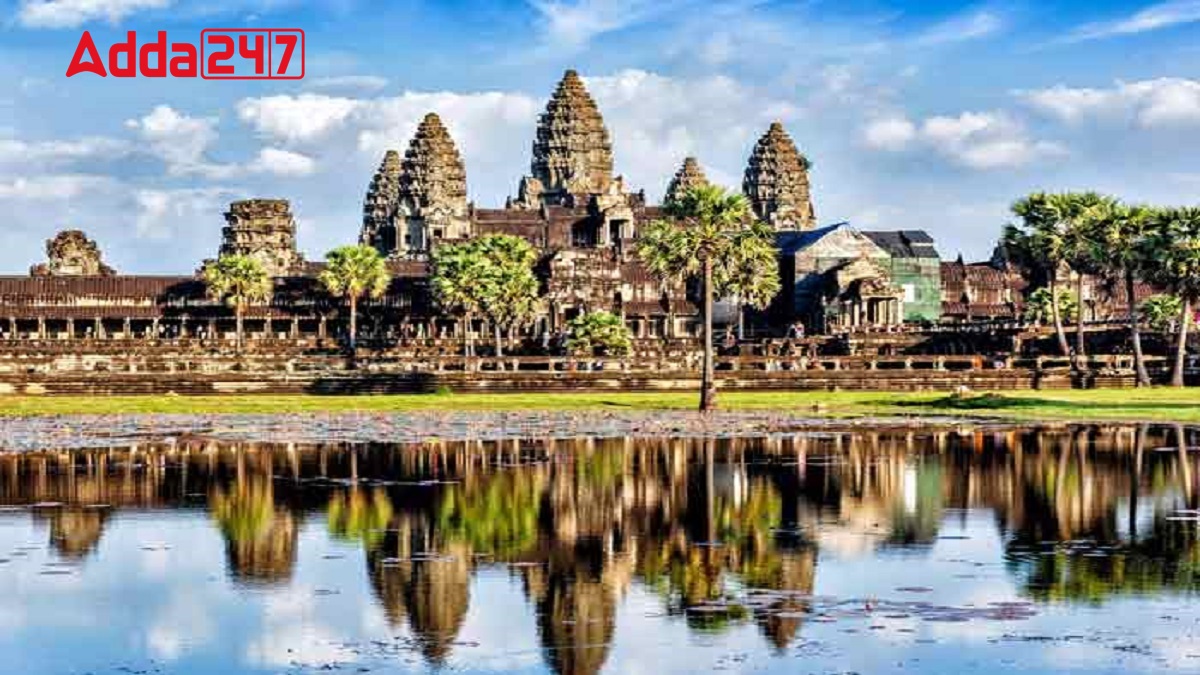Cambodia’s Angkor Wat has been recognized as the most photogenic UNESCO World Heritage site in Asia by Times Travel, as announced by Cambodian Prime Minister Hun Manet on September 15. This accolade was revealed through a post on his official Telegram channel, featuring Times of India’s list of Asia’s top ten most photogenic UNESCO sites.
Top Sites on the List
The list includes notable landmarks such as:
- India: Taj Mahal and Hampi
- China: Great Wall
- Myanmar: Ancient city of Bagan
- Indonesia: Borobudur
- Vietnam: Ha Long Bay
- Japan: Historic Monuments of Kyoto
- Jordan: Petra
- Philippines: Rice Terraces of the Cordilleras
These sites are celebrated for their cultural and visual appeal, offering exceptional inspiration for photographers.
Angkor Wat’s Significance
Located in the Angkor Archaeological Park in Siem Reap province, Angkor Wat is a prominent temple within a 401-square-kilometre park featuring 91 ancient temples built between the 9th and 13th centuries. It is Cambodia’s most visited tourist destination, drawing 651,857 international visitors in the first eight months of 2024, reflecting a 30.7% increase from the previous year. Revenue from ticket sales for this period reached $30.3 million, marking a 31% year-on-year rise.
Cambodia: Key Points
Capital: Phnom Penh
Current Prime Minister: Hun Manet
Official Language: Khmer
Currency: Cambodian Riel (KHR)
Population: Approximately 17 million
Geography: Located in Southeast Asia, bordered by Thailand, Laos, Vietnam, and the Gulf of Thailand.
Major Landmarks: Angkor Wat (a UNESCO World Heritage Site), the Killing Fields, Royal Palace in Phnom Penh.
Economy: Major sectors include agriculture, tourism, textiles, and garments.
History: Known for the Khmer Empire, which dominated Southeast Asia from the 9th to the 15th centuries. The country experienced a tragic period under the Khmer Rouge regime (1975-1979).
Tourism: Popular for its historical sites, especially Angkor Wat, and vibrant culture.
Culture: Rich in traditions including dance, music, and art, with influences from Hinduism and Buddhism.




 Operation Hawkeye: US and Jordan Strike ...
Operation Hawkeye: US and Jordan Strike ...
 India and the Netherlands Set Up Joint T...
India and the Netherlands Set Up Joint T...
 Brazil Hands Over BRICS Presidency to In...
Brazil Hands Over BRICS Presidency to In...







